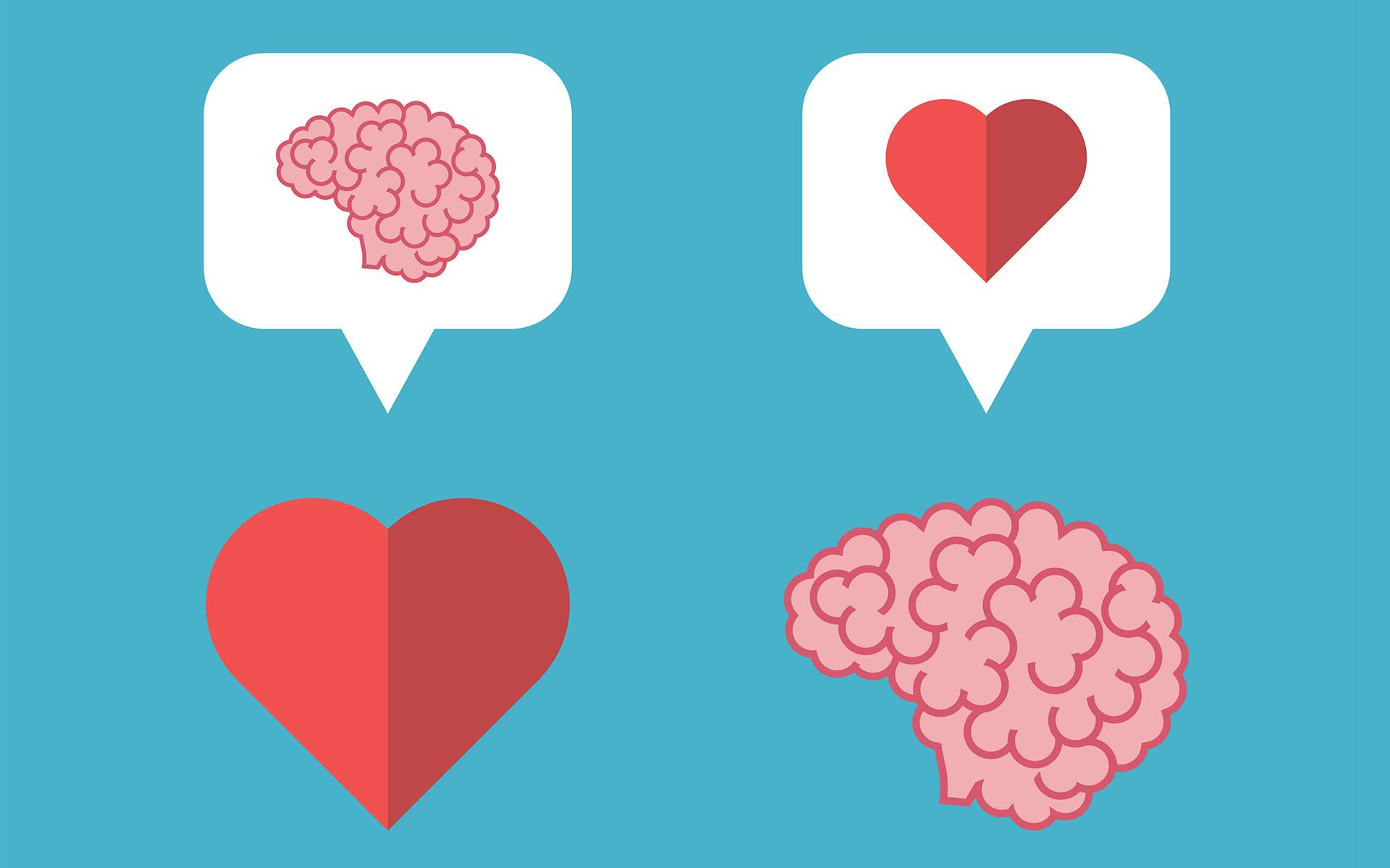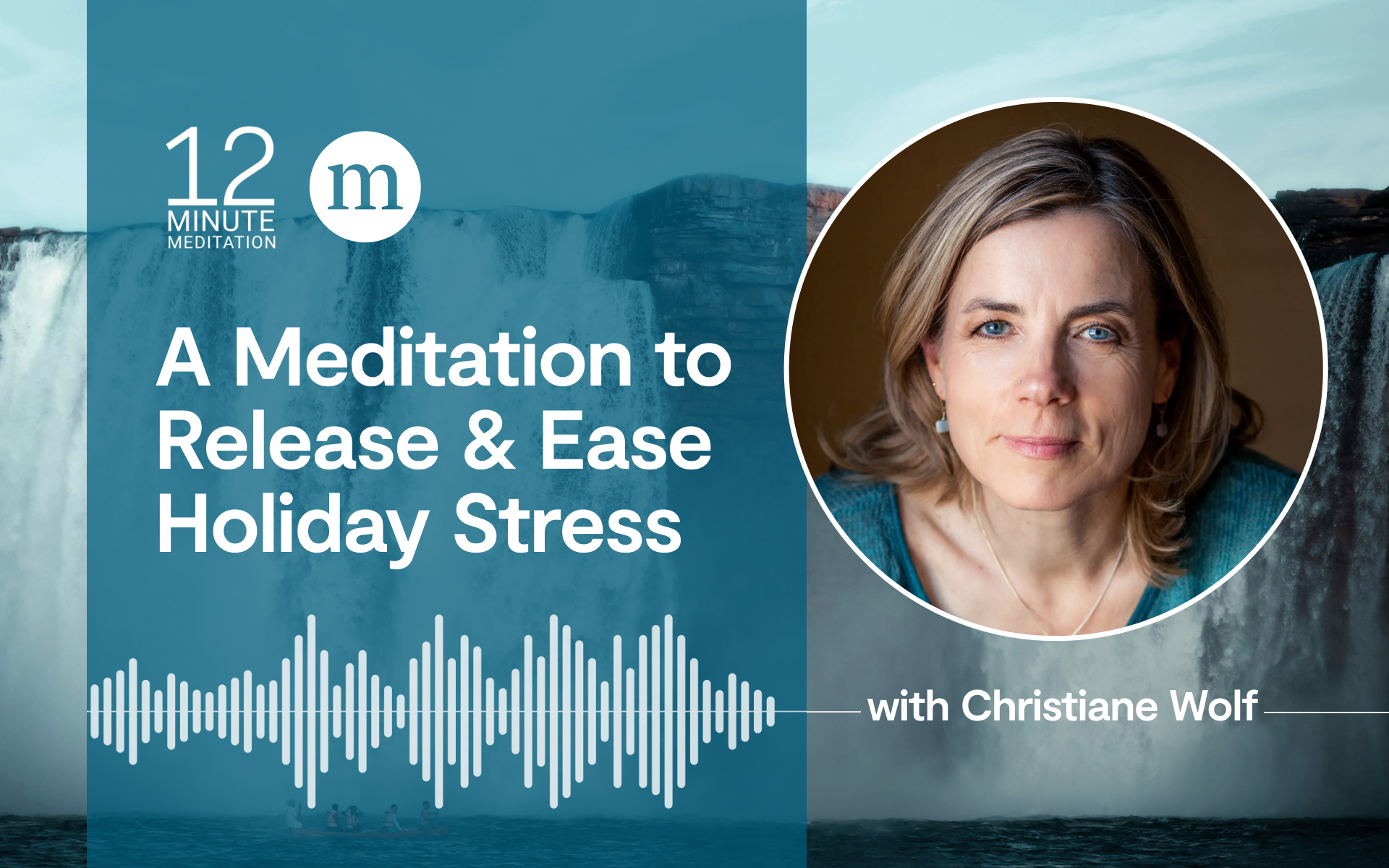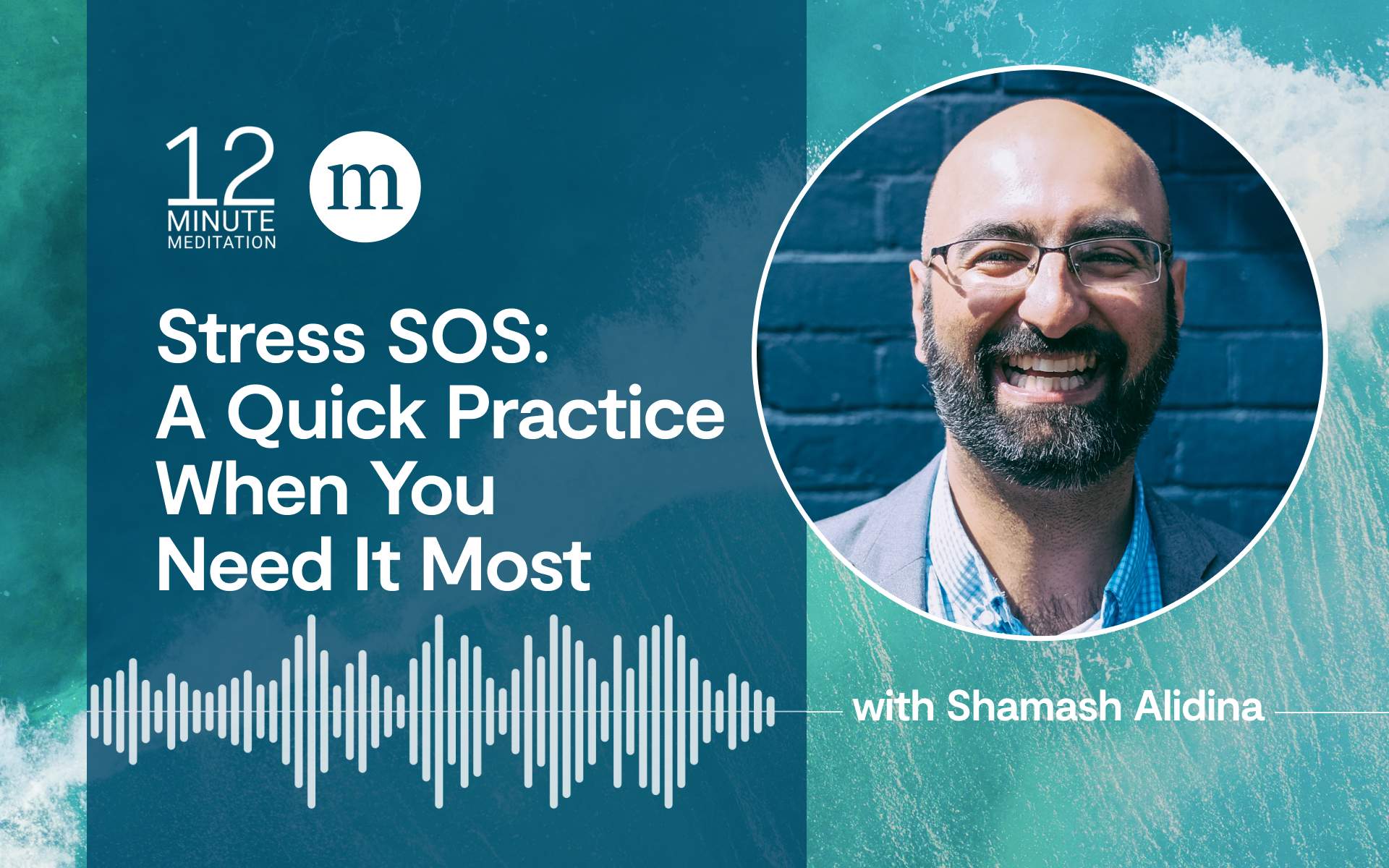Sometimes when a painful emotion comes up, we layer shame and blame on what’s already difficult. For example, we may think to ourselves, “I should be able to do my job better.” We also tend to project into the future and worry about what the pain may feel like tonight, next week, or next year.
When we do this, we’re not only facing the pain of present difficulty, but the anticipation of pain, which is actually in our imagination. The first thing we can do to cultivate our resources for managing difficult emotions is to allow ourselves to feel the emotion, shift our attention to noticing the sensations present in our body, and forgive ourselves for what we feel.
We’re human beings, and feeling this way is natural.
A Guided Meditation for Navigating Difficult Emotions
A Guided Meditation for Navigating Difficult Emotions
- Sit comfortably and close your eyes or leave them slightly open in a soft gaze.
- Begin by listening to the sounds around you. Relax and allow your experience of the sounds to come and go. Just let them wash through you.
- Bring your attention to the feeling of your body sitting. See if you can feel the earth supporting you.
- See if you can feel space touching you. Space is always touching us. We just need to receive it.
- Bring your attention to the feeling of your breath. Just the normal, natural breath, wherever you feel it most distinctly—in the nostrils, the chest, or the abdomen. Find that place, bring your attention there, and just rest. You don’t need to worry about what’s already gone by. You don’t even need to anticipate the very next breath.
- Recognizing that your attention is going to wander is critical to understanding meditation as resilience training. Your mind will go to the past, to the future, or you might fall asleep. It’s OK. Recognize that you’ve been gone, see if you can let go gently, and bring your attention back to the primary object of your attention. We let go and we begin again, we let go and we begin again. That’s the actual practice.
- When you feel ready, you can open your eyes or lift your gaze.
READ MORE
Using Mindfulness to Befriend All of Our Emotions
Mindful Founding Editor Barry Boyce talks with Stephanie Domet about the power of emotions, and how we can become aware of our feelings without being overwhelmed by them. Read More
You Can Investigate Your Emotions Without Suppressing Them
Founding editor Barry Boyce answers our questions about emotional intelligence, being kind to ourselves, and turning toward our emotions. Read More
A Cardiologist’s Advice: Emotional Intelligence Can Protect Your Heart
Research shows our heart is physically impacted by our emotions and moods over time—and mindfulness skills help us accentuate the types of emotions that can nurture and protect the heart. Read More











